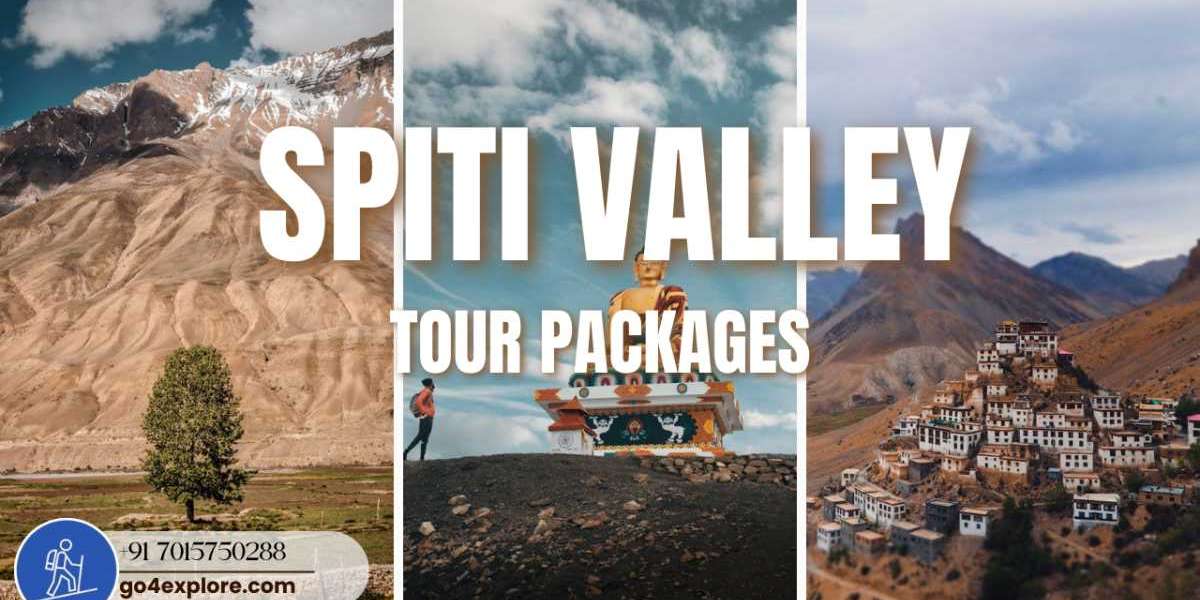Situated in the northeastern region of the Indian state of Himachal Pradesh, Spiti Valley is a frigid desert mountain valley nestled high in the Himalayas.. Known for its rugged terrain, dramatic landscapes, and remote location, Spiti Valley is a region of stark beauty and cultural richness.
Geography and Climate
- Location: Spiti Valley is situated between Tibet and India, bordered by the districts of Kinnaur, Lahaul, and Kullu in Himachal Pradesh.
- Altitude: The valley sits at an elevation ranging from 3,000 meters (9,800 feet) to 4,500 meters (14,800 feet) above sea level.
- Climate: The region experiences extreme weather conditions, with long, harsh winters lasting from October to April and short, pleasant summers. Temperatures in winter can plummet below -30°C (-22°F).
Natural Beauty
- Landscapes: The valley is characterized by its barren and surreal landscapes, featuring high-altitude desert terrain, rugged mountains, deep gorges, and river valleys.
- Rivers: The Spiti River flows through the valley, nourishing the sparse vegetation and supporting small settlements along its banks.
- Flora and Fauna: Despite its arid conditions, Spiti Valley is home to unique flora and fauna adapted to the high-altitude desert environment. Wildlife includes snow leopards, ibex, Tibetan wolves, and a variety of bird species.
Cultural Significance
- Buddhism: The valley is a stronghold of Tibetan Buddhism, with numerous ancient monasteries dotting the landscape. Some of the most notable monasteries include Key Monastery, Tabo Monastery, and Dhankar Monastery.
- Monasteries: These monasteries are centers of learning and spirituality, housing ancient manuscripts, murals, and statues. Tabo Monastery, founded in 996 AD, is particularly renowned for its exquisite frescoes and ancient artifacts.
- Festivals: Spiti Valley hosts several vibrant festivals, such as Losar (Tibetan New Year) and the Ladarcha Festival, which showcase traditional music, dance, and cultural rituals.
Adventure and Tourism
- Trekking: The valley offers numerous trekking routes, ranging from easy hikes to challenging expeditions. Popular treks include the Pin Parvati Pass, Chandratal Lake, and the Spiti-Kinnaur traverse.
- Mountaineering: The rugged terrain provides excellent opportunities for mountaineering and rock climbing, attracting adventure enthusiasts from around the world.
- Road Trips: Spiti Valley is accessible by road, with the route from Manali to Kaza being particularly popular among travelers for its breathtaking scenery and challenging drives.
Accessibility
- By Road: The valley is accessible via two main routes: the Manali-Kaza route (open from June to October) and the Shimla-Kaza route (open from May to October). Both routes offer spectacular views but can be treacherous due to narrow, winding roads and unpredictable weather.
- By Air: The nearest airport is Bhuntar Airport near Kullu, about 245 kilometers (152 miles) from Kaza, the administrative center of Spiti Valley.
- By Rail: The nearest major railway station is in Shimla, from where one can take a road journey to Spiti Valley.
Spiti Valley, with its blend of natural beauty, cultural richness, and adventure opportunities, remains a captivating destination for those seeking an off-the-beaten-path experience in the Himalayas.








